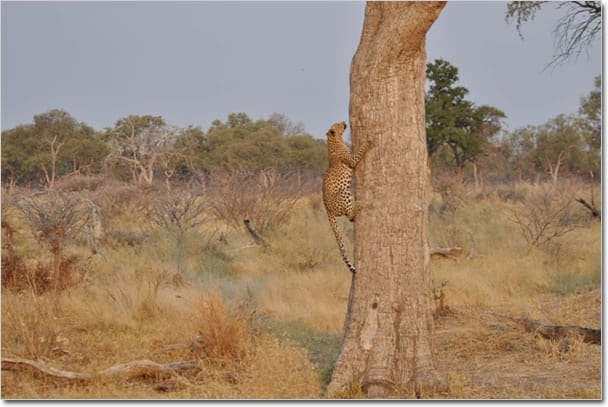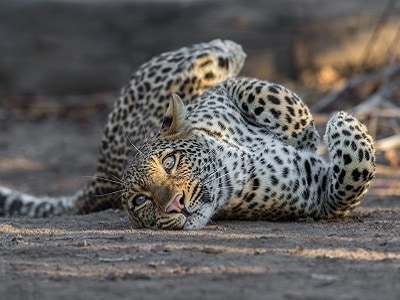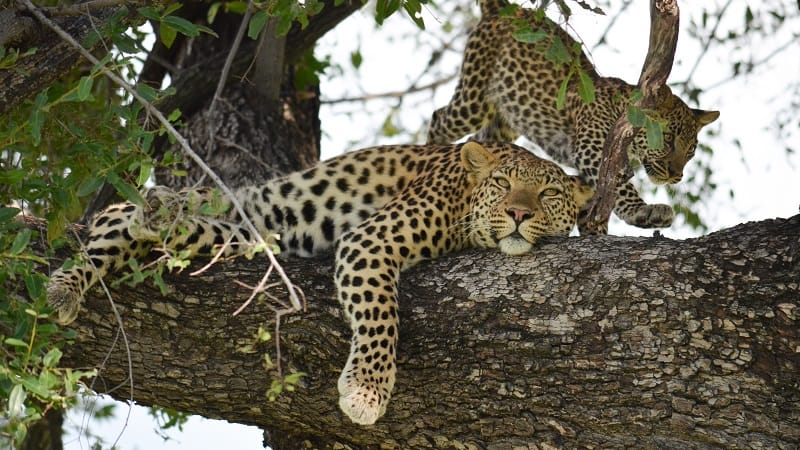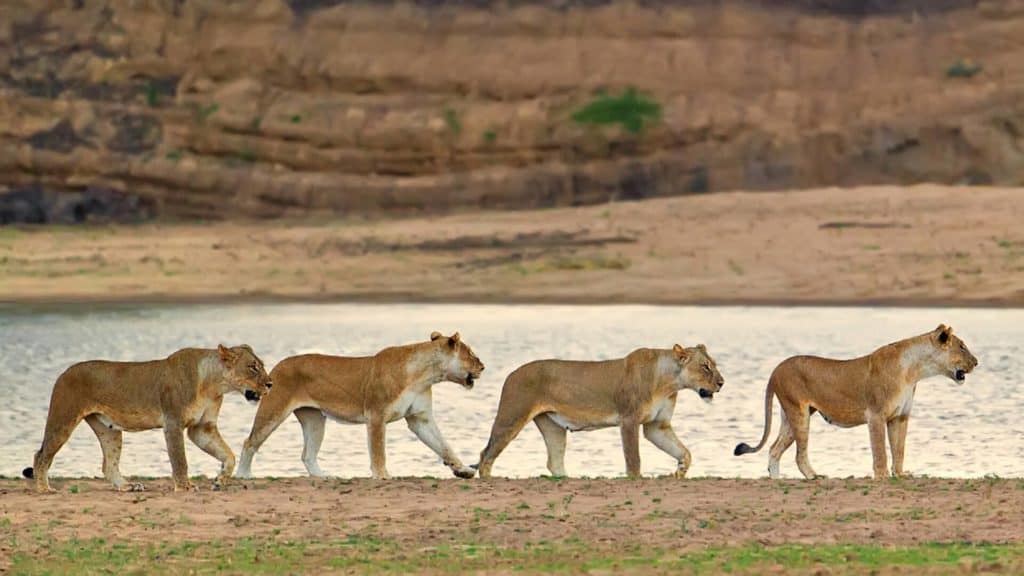Kenya
Masai Mara and Beyond:
Return to Safari Origins
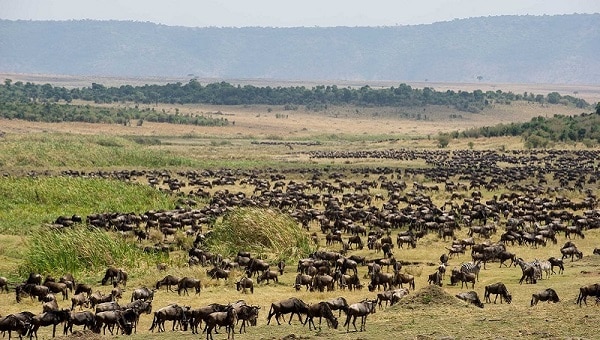
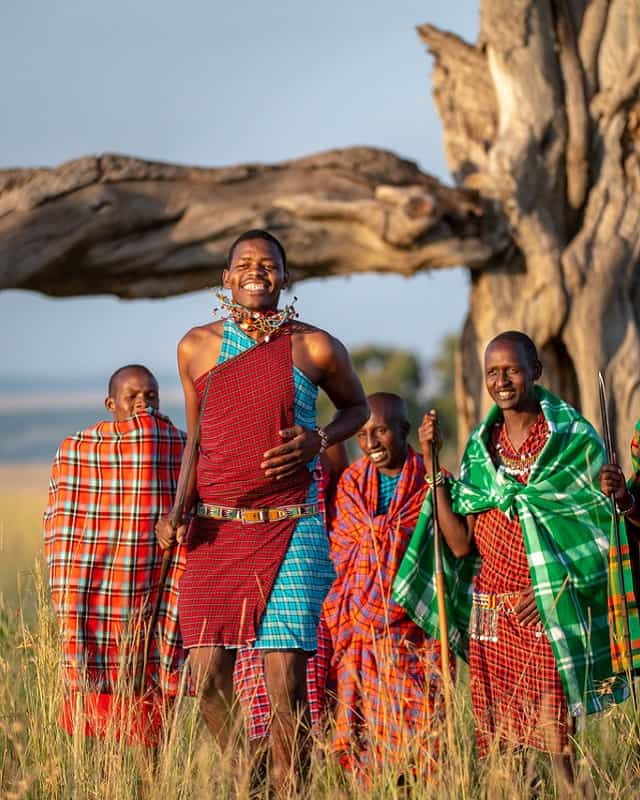
Kenya Sample Safaris
African Explorer Safari
Adventure to Botswana's iconic Okavango Delta for an incredible wildlife safari. Experience a classic adventure tented camp, guided by Diesel, your legendary local guide, in an area famed for wild dogs (along with large populations of big cats, antelope, and much more). Enjoy visiting the majestic Victoria Falls on the Zambia side en-route to Kenya. Continue on to Kenya and to the Masai Mara, which is quite likely the most productive wildlife viewing area in all of Africa. Enaidura Camp is in a superb location for serious game viewing and photography. The area is unrivaled for sightings of big cats and the Great Migration, and has a great variety and quantity of species.
Kenya Luxury Safari
This safari includes some of our favorite unique Kenyan accommodations and a huge variety of activities during one of the best kept secret seasons.
Ultimate East Africa: Exceptional Guiding in Northern Tanzania and the Masai Mara
This incredible itinerary features East Africa's top guides on a private safari through Tanzania and Kenya.
Kenya Family “Lion King” Safari
Kenya is the original safari country and still delivers the classic game viewing experience. This family safari is inspired by Disney's 2019 remake of its classic animated film, "The Lion King."
Top Kenya Safari Locations
Kenya Safari Regions

Amboseli National Park
Overview
Location
Wildlife
- Elephants
- Exceptional Birdlife
- Cape buffalo
- Giraffe
- Wildebeest
- Gerenuk
- Lesser kudu
- Fringe-eared oryx
- Cheetah
- Impala
Best Times to Go

Laikipia Plateau
Overview
Location
Wildlife
- Elephant
- Grevy’s zebra
- Reticulated giraffe
- African Wild Dog
- Thompson’s gazelle
- Rhinoceros (both black and white)
- Lion
- Leopard
- Cheetah
- Spotted hyena
- Oryx
- Kudu
- Eland
- Klipspringer
- Cape buffalo
- Coke’s hartebeest
Best Times to Go

Lakes System of the Great Rift Valley
Overview
Location
Wildlife
- Black rhino
- Nubian giraffe (previously known as Rothschild’s giraffe)
- Baboons
- Greater kudu
- Lions
- Exceptional Birdlife
Best Times to Go

Lake Turkana National Park
Overview
Location
Wildlife
Lake Turkana is not a traditional wildlife destination, although mammals can be found in Sibiloi National Park. In addition to being an important breeding ground for the Nile crocodile, it is also an important site for waterbirds (84 species) including the wintering ground for 34 Palearctic migrants. Approximately 100,000 little stint migrate from northern Europe to winter here and at least 23 species breed here. The lake has 47 species of fish including 7 endemics.
- Crocodile
- Flamingos
- Exceptional birdlife
- Hippo
- Genets
- Hedgehog
- Porcupine
- Zebras
- Grants gazelle
- Lion
- Leopard
- Striped hyena
- Oryx
- Greater kudu
- Cheetahs
- Monitor lizards
- Nile Perchs
- Tilapia
- Tiger fish
Best Times to Go

Lewa Conservancy
Overview
Location
Wildlife
- Bushbuck
- Gerenuk
- Zebra
- Lions
- Leopards
- Elephants
- Somali ostrich
- Hartebeest
- Gunther’s dikdik
- Rhinoceros
- Sitatunga
Best Times to Go

Masai Mara National Reserve
Overview
Location
Wildlife
- Cheetah
- Leopard
- Cape buffalo
- Spotted Hyena
- Gazelle
- Lion
- Elephant
- Zebra
- Maasai Giraffe
- Exceptional birdlife
- Wildebeest
- Black rhino
- Hippopotamus
- Crocodile
- Waterbuck
- Eland
Best Times to Go

Mara Conservancies
Overview
Location
Wildlife
- Cheetah
- Leopard
- Cape buffalo
- Spotted Hyena
- Gazelle
- Lion
- Elephant
- Zebra
- Maasai Giraffe
- Wildebeest
- Black rhino
- Hippopotamus
- Crocodile
- Waterbuck
- Eland
- Exceptional birdlife
Best Times to Go

Meru National Park
Overview
Location
Wildlife
- Lion
- Hippopotamus
- Lesser kudu
- Grevy’s zebra
- Caracal
- Aardwolf
- Leopard
- Elephant
- Giraffe
Best Times to Go

Mombasa and Diani Beach
Overview
Location
Wildlife
Best Times to Go

Nairobi
Overview
Location
Wildlife
- Cape buffalo
- Rhino (black and white)
- Giraffe
- Lion
- Leopard
- Cheetah
- Ostrich
- Baboon
- Coke’s hartebeest
- Hippo
- Waterbuck
- Gazelles
- Zebra
- Exceptional birdlife
Best Times to Go

Northern Rangelands
Overview
Location
Wildlife
- Giraffe
- Elephant
- Gerenuk
- Lion
- Cheetah
- Grevy’s Zebra
- Wild dog
- Eland
- Oryx
- Black rhino
- Cape Buffalo
Best Times to Go

Samburu and Buffalo Springs
Overview
Location
Wildlife
- Beisa oryx
- Elephant
- Reticulated giraffe
- Gerenuk
- Grevy’s zebra
- Leopard
- Exceptional birdlife
Best Times to Go

Tsavo National Parks
Overview
Chyulu Hills National Park sits just north of Tsavo West and was coined by Ernest Hemingway as the “Green Hills of Africa.” The volcanic rock topography jutting out from the surrounding flat lands offers a unique ecosystem for flora and fauna as well as stunning vistas. With private luxury lodges inside the park, activity variety includes waterhole hides, horseback riding, hiking, biking, and guided walking safaris in addition to the standard safari activities. The Sheldrick Widlife Trust has also established a new orphan reintegration unit at Umani Springs in Chyulu Hill’s Kibwezi Forest. It is also one of the better areas to experience Maasai culture.
Location
Wildlife
- Black rhino
- Elephant
- Cape buffalo
- Leopard
- Lion
- Hippo
- Kudu
- Giraffe
- Forest hog
- Bush pig
- Mountain reedbuck
- Exceptional birdlife
